Description
Isobutene: The Versatile Building Block of Modern Industry
Isobutene, also known as 2-methylpropene, is a colorless, flammable, liquefied gas that plays a vital role as a building block in a vast array of industrial processes. This unsaturated hydrocarbon, with the chemical formula (CH₃)₂C=CH₂, might not be a household name, but it silently contributes to countless products that touch our daily lives, from synthetic rubber to fuel additives.
A Key Component of the C4 Fraction:
Isobutene is primarily obtained as a byproduct of the steam cracking of naphtha or light hydrocarbons, a common process in the petrochemical industry. It’s a component of the C4 fraction, a mixture of four-carbon hydrocarbons including butadiene, butene-1, and butene-2. Separating isobutene from this complex mixture requires specialized techniques, such as extractive distillation or separation via chemical reaction with sulfuric acid.
Versatile Chemical Properties and Applications:
The presence of a double bond in its structure makes isobutene highly reactive, allowing it to undergo a variety of chemical reactions. This reactivity is the cornerstone of its industrial applications. Some of the most important include:
- Production of Methyl tert-Butyl Ether (MTBE) and Ethyl tert-Butyl Ether (ETBE): Isobutene reacts with methanol or ethanol to form MTBE or ETBE, respectively. These compounds were widely used as gasoline additives to increase the octane rating and reduce emissions, particularly in the past. While MTBE’s usage has declined in some regions due to environmental concerns about groundwater contamination, ETBE is gaining traction as a more sustainable alternative as it is derived from bio-ethanol.
- Synthesis of Butyl Rubber: Copolymerization of isobutene with a small amount of isoprene produces butyl rubber, a synthetic rubber with excellent impermeability to air and gases. This property makes it ideal for inner tubes, tires, and other applications requiring airtight seals.
- Manufacturing of Antioxidants: Alkylation of phenols with isobutene is used to produce hindered phenols, which are important antioxidants used to prevent degradation of polymers, lubricants, and other materials.
- Production of Methacrolein and Methacrylic Acid: Isobutene can be oxidized to produce methacrolein, an intermediate in the production of methacrylic acid, a crucial monomer in the production of polymethyl methacrylate (PMMA), also known as acrylic glass or Plexiglas. PMMA is used in a wide range of applications, from windows and lenses to coatings and adhesives.
- Precursor to Lubes and Specialty Chemicals: Isobutene acts as a feedstock for the manufacture of several niche chemicals, including specialized lubricants, plasticizers, and other additives.
Future Trends and Sustainability:
The future of isobutene production and applications is intertwined with the broader shifts in the petrochemical industry towards greater sustainability. Research is focused on:
- Developing more efficient and environmentally friendly separation processes: Utilizing novel membrane technologies or alternative extraction solvents to isolate isobutene from C4 streams with reduced energy consumption and waste generation.
- Exploring bio-based isobutene production: Leveraging biotechnology to produce isobutene from renewable resources, such as biomass or agricultural waste. This would offer a more sustainable alternative to traditional petrochemical sources.
- Finding new applications for isobutene derivatives: Investigating the potential use of isobutene-derived products in emerging fields like biofuels, biodegradable plastics, and advanced materials.
Conclusion:
Isobutene, though largely unseen by the average consumer, is an indispensable ingredient in numerous industrial processes. Its chemical versatility and applications span a wide range of sectors, contributing significantly to the modern economy. As the world moves towards a more sustainable future, innovation in isobutene production and its utilization will play a crucial role in meeting the growing demand for materials and fuels while minimizing environmental impact. The future of this unassuming molecule looks bright, poised to continue its reign as a vital building block for years to come.

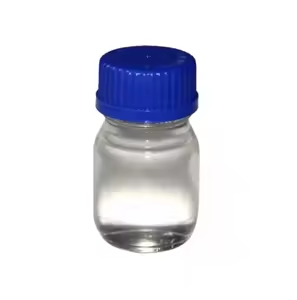

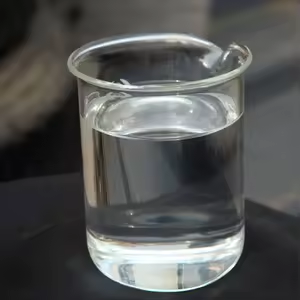
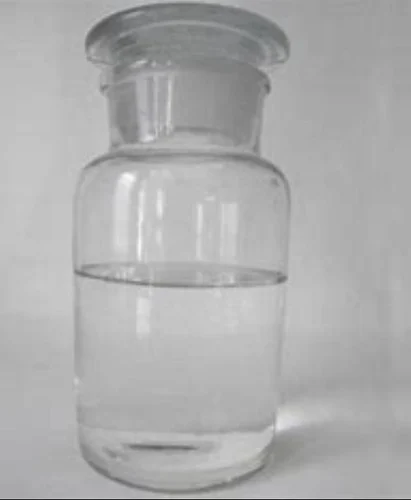
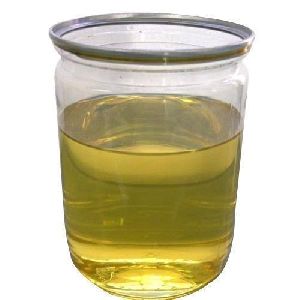
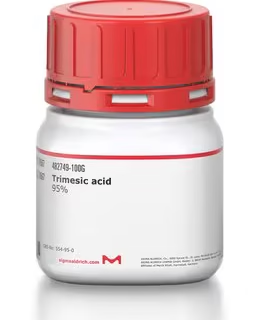
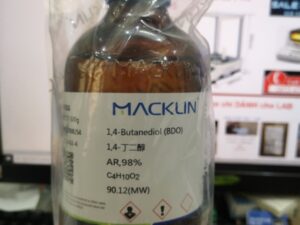
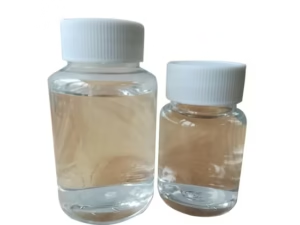
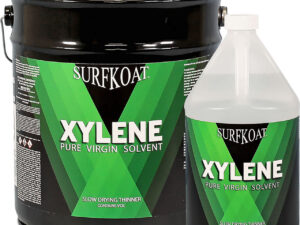
Reviews
There are no reviews yet.